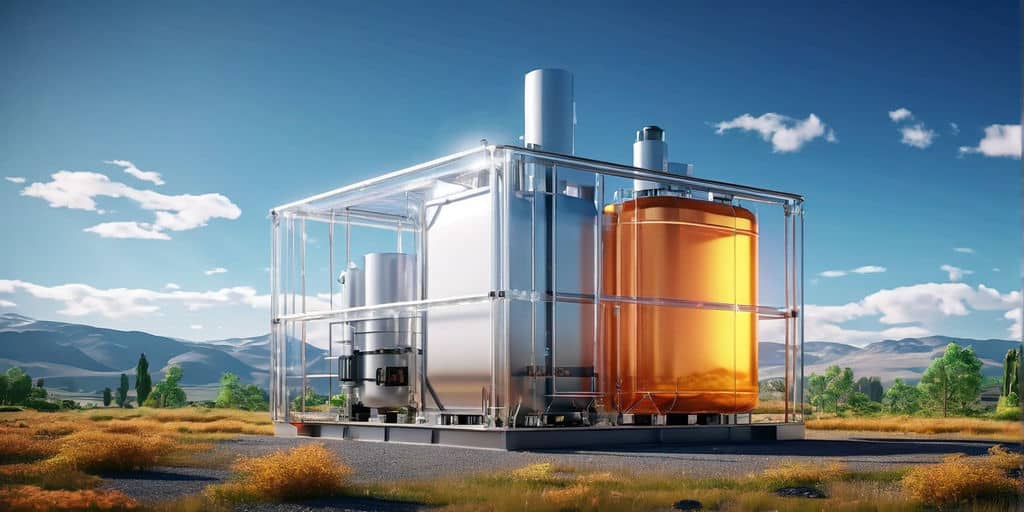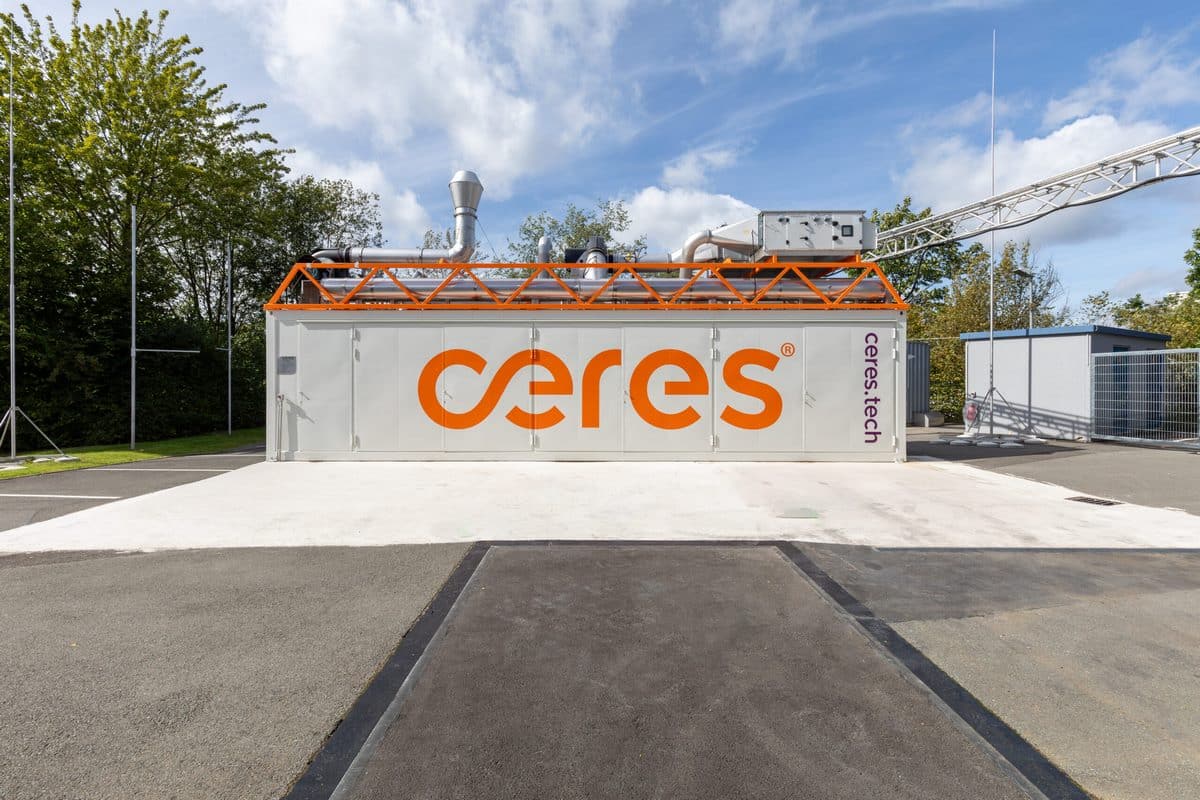The German government has announced it is planning to pass a national hydrogen strategy this year, with the aim of establishing a regulatory framework for the sector. The transportation, heat, energy storage and transfer, and chemical manufacturing markets could benefit from its implementation very quickly.
According to current scenarios focused on the fight against climate change, our future energy system will no longer rely on centralized fossil fuel-fired power plants but on distributed generation devices delivering clean electricity. Even now, hydrogen is highly sought after, and the industry will continue to grow in the years to come. Sector experts estimate that hydrogen, as one of several sources in the future energy mix, could meet up to 24 percent of electric power demand across the European Union in 2050.
An appropriate strategy will be required to make the industrial production of the gas economically viable. Above all, we will need to develop mature technology, but we will also have to showcase relevant applications, expand the hydrogen infrastructure and create a suitable legal framework.
Hydrogen is considered a clean alternative to fossil fuels. However, current production methods are either relatively expensive or create carbon dioxide emissions. One method that has been growing in importance besides electrolysis and steam reforming is pyrolysis. It uses heat to break down natural gas into gaseous hydrogen and solid carbon.
Hydrogen from methane
The idea of using heat to split methane is not new. Russian energy conglomerate Gazprom has been working on the technology, also called methane cracking or methane decarbonization, at its research facilities in Tomsk for many years. The main issue preventing real-world application used to be the very short life of demonstration plants. Often, the carbon residue left behind by the process eventually clogged up the reactor.
…
read more in H2-international May 2020
Author:
Dr. Elena Aminova
Orange ´n´ square, Berlin


























0 Comments
Trackbacks/Pingbacks